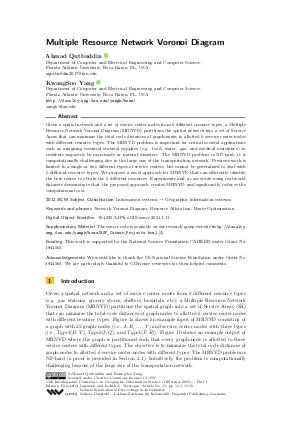LIPIcs.GIScience.2021.I.11.pdf
- Filesize: 3.03 MB
- 16 pages

 Creative Commons Attribution 3.0 Unported license
Creative Commons Attribution 3.0 Unported license





















Feedback for Dagstuhl Publishing